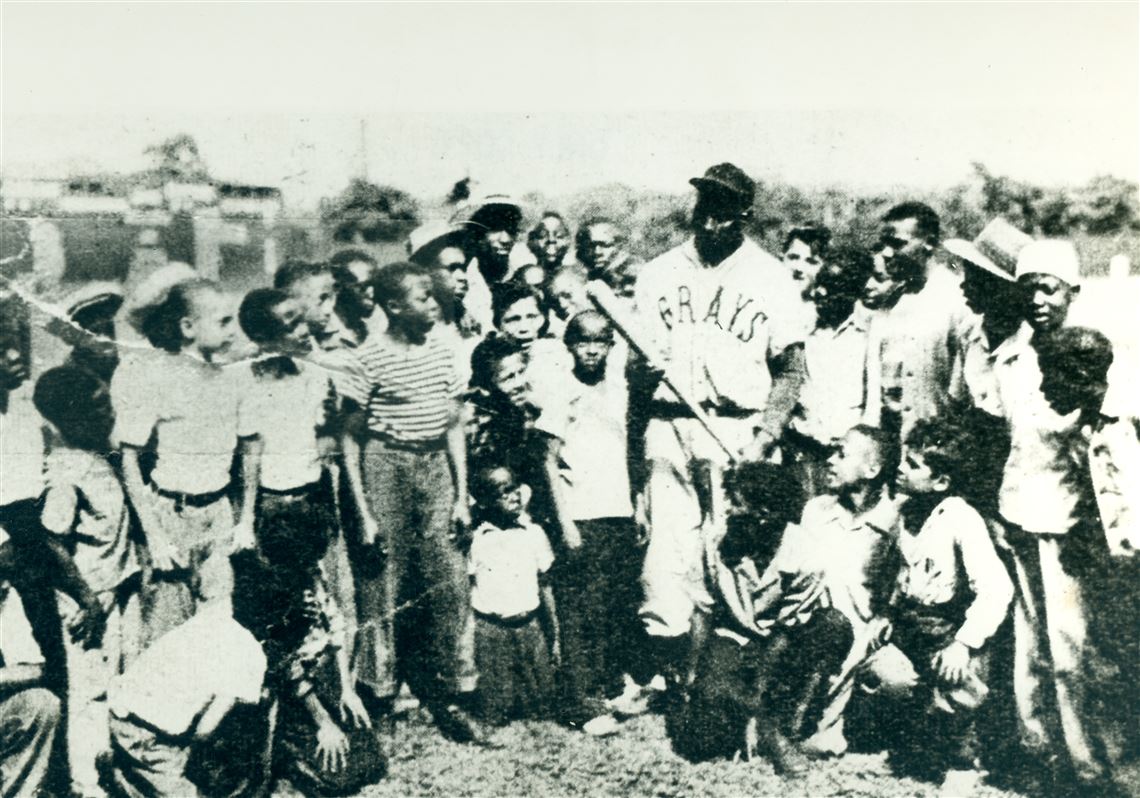The first recorded game of baseball in America occurred on June 19, 1846 in Hoboken, New Jersey. In its first two decades the sport was racially integrated but after the Civil War, African American baseball players were banned from the National Association of Amateur Baseball Players in 1867. This led to the creation of the first all-black team, the Cuban Giants of Babylon, NY, in 1885. These early teams mostly functioned as independent franchises, but a select few players including Moses Fleetwood Walker eventually integrated professional baseball when they signed to play on predominately white teams. Walker singed with the Toledo Blue Stockings in 1884, and Bud Fowler helped organize his team, the Page Fence Giants of Adrian, Michigan in 1894.
Although a mostly segregated sport, baseball continued to increase in popularity throughout the country and African Americans decided to create their own version of the big leagues. In 1920, Andrew “Rube” Foster of Calvert, Texas who played for, managed, and eventually owned the Chicago American Giants, got together with seven other midwestern team owners to create the Negro National League (NNL). The first teams in the league were from Chicago, Cincinnati, Dayton, Detroit, Indianapolis, Kansas City, and St. Louis. These were cities with significant Black populations and abundant baseball talent.
Before the NNL all-black teams were unorganized, insufficiently compensated, and had a difficult time reserving stadiums for games. The NNL provided the infrastructure to correct those problems. League owners adopted the slogan “We are the Ship, all else the sea” in tribute to their new direction and progress. League players were now able to make good money and play in often Black-owned stadiums on a regular schedule.
The establishment of the NNL inspired two other negro leagues to form across the country. One was the Southern Negro League (SNL) organized by Tom Wilson also in 1920, and the other was the Eastern Colored League organized by Ed Bolden in 1923. Black baseball was alive and thriving, and with the high level of play and professionalism exhibited by the players their games drew crowds into the thousands in cities like Chicago, Detroit, and Kansas City.
The leagues had challenges, however. The first blow would come in 1926 when Rube Foster was institutionalized as a result of a gas leak in his hotel that caused his mental health to deteriorate. Without his leadership and vision, the NNL began to falter. The second challenge was the collapse of the Easter Colored League in 1928, followed by the Negro National League in 1931. The Great Depression deepened the financial crisis and prevented all of the teams from returning to competition. The NNL returned in 1933 and to boost attendance, the NNL and SNL introduced the East-West All Star Game which would become Black baseball’s biggest annual attraction along with the League’s World Series games.
The Negro Baseball Leagues allowed truly notable players including now hall-of-famers Josh Gibson, Cool Papa Bell, Martin Dihigo, Bill Foster, Judy Johnson, Satchel Paige, and Turkey Stearnes to get the exposure they deserved. These leagues were also the reason Major League baseball was eventually able to be re-integrated with the recruitment of Jackie Robinson to the Brooklyn Dodgers in 1947. Robinson started his career in 1945 with the Kansas City Monarchs before moving over to the Dodgers. Over the next decade other Black players got the opportunity to transition into the Major Leagues and by 1959 each team had at least one player. This recruitment, however, robbed the Negro Leagues of both baseball talent and fans who now followed the players into Major League stadiums. By 1950, just three years after Robinson integrated baseball, most of the team were in financial trouble or had folded completely. Only the Indianapolis Clowns managed to play until 1989.
National Negro League teams: Chicago American Giants, Kansas City Monarchs, Detroit Stars, St. Louis Giants, Dayton Marcos and the Cuban Stars, Indianapolis ABCs, St. Louis Giants, Columbus Buckeyes, Cleveland Tate Stars, Toledo Tigers, Pittsburgh Keystones, Milwaukee Bears, Birmingham Black Barons, Cleveland Browns, Memphis Red Sox, Cleveland Elites, Cleveland Hornets, Cleveland Tigers, Nashville Elite Giants, Cleveland Cubs, Louisville White Sox, Columbus Blue Birds, and the Cuban House of David.
Eastern Colored League teams: Brooklyn Royal Giants, Bacharach Giants, Baltimore Black Sox, Hilldale Club, and the Cuban Stars (no relation to NNL), New York Lincoln Giants, Harrisburg Giants, Washington/Wilmington Potomacs, Newark Stars, Homestead Grays.
Southern Negro League teams (first season, 1920): Montgomery Grey Sox, Atlanta Black Crackers, New Orleans Caulfield Ads, Knoxville Giants, Birmingham Black Barons, Nashville White Sox.

